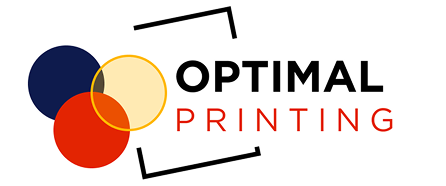Starting a t-shirt printing business can be an exciting venture, especially with the growing demand for custom apparel in the UK. One of the key decisions you’ll face is whether to produce your designs in-house or outsource the printing process. Direct to Film Optimal printing have become a popular choice for those looking to offer high-quality prints without the upfront investment in expensive printing equipment. But how much money can you actually make by outsourcing Optimal printing? Let’s dive into the numbers.
1. Understanding Optimal printing
Direct to Film Optimal printing involve printing designs onto a special film, which is then heat pressed onto garments. This method offers vibrant, durable prints that work on various fabrics, making it a versatile option for t-shirt printing. By using Optimal printing, you can focus on design and sales, leaving the printing to the experts.
2. Cost of Outsourcing Optimal printing
To understand how much you can make, it’s essential to first know the costs involved. Here’s a breakdown of typical expenses:
- Design Cost: If you’re creating your designs, this may be your time investment, but if you’re outsourcing design work, expect to pay around £5-£20 per design.
- Cost of Optimal printing: The cost of Optimal printing can vary depending on the size and quantity. On average, you can fit between 8-10 full front/back prints on a 1m gang sheet, meaning you can have custom designs for around £1.00 per t-shirt!
- Shipping Costs: Depending on the order, shipping could add £5-£10 per order. Some suppliers may offer free shipping on larger orders.
3. Pricing Your T-Shirts
When pricing your t-shirts, consider the total cost of production (including the blank t-shirt, Optimal printing, and shipping), plus your desired profit margin. Here’s a basic example:
- Blank T-Shirt Cost: £2.50 (wholesale)
- Optimal printing : £1.00
- Shipping Costs: £1.00 (assuming you’re ordering in bulk to spread out the cost)
- Total Production Cost: £4.50
Now, let’s say you sell each custom t-shirt for £20. After subtracting the production cost, you’re left with a gross profit of £15.50 per shirt.
4. Potential Earnings
To calculate potential earnings, consider how many t-shirts you plan to sell. If you sell 100 t-shirts per month:
- Monthly Revenue: 100 shirts x £20 = £2,000
- Monthly Production Cost: 100 shirts x £4.50 = £450
- Gross Profit: £2,000 – £450 = £1,550
This is a simplified example, but it shows that even with a modest sales volume, you can achieve a significant profit. If your business grows and you sell more, the earnings potential increases.
5. Benefits of Outsourcing Optimal printing
Outsourcing offers several advantages:
- Lower Initial Investment: You don’t need to invest in expensive Optimal printers or maintain stock of inks and films.
- Focus on Growth: By outsourcing, you can spend more time on marketing, customer service, and expanding your product line.
- High-Quality Prints: Professional Optimal printing suppliers often produce superior-quality prints, which can lead to higher customer satisfaction and repeat business.
6. Scaling Your Business
As your business grows, you may want to revisit the cost of outsourcing versus bringing production in-house. Initially, outsourcing allows you to test the market and build your brand without significant risk. Once your sales volume justifies it, investing in your ownOptimal printing equipment could further increase your profit margins.
7. Conclusion
Outsourcing Optimal printing can be a profitable strategy for starting your t-shirt printing business in the UK. By carefully managing your costs and pricing, you can achieve healthy profit margins while offering high-quality products. As your business grows, you’ll have the flexibility to scale operations and explore new opportunities in the custom apparel market.
Starting with outsourcing also reduces the pressure of managing production, allowing you to focus on what matters most—building a successful business. Whether you’re starting small or aiming to grow quickly, Optimal printing provide a cost-effective way to enter the competitive t-shirt printing industry in the UK.
